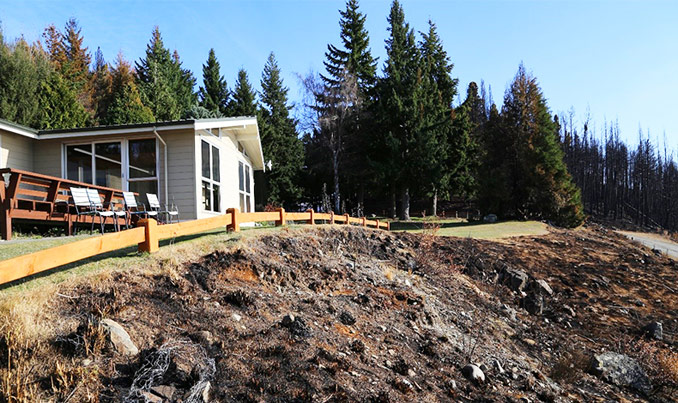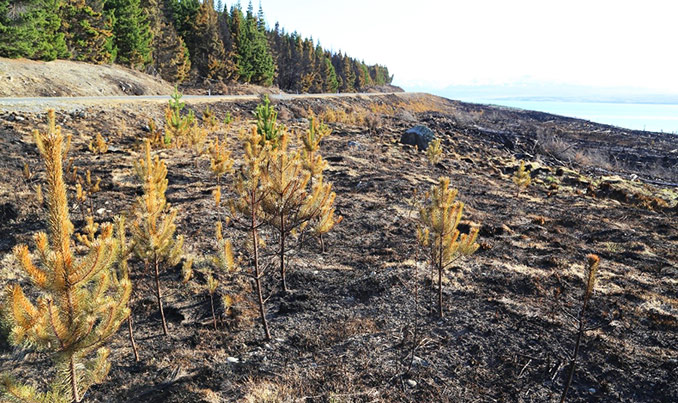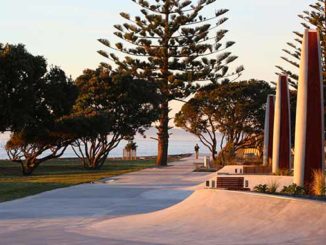
Wilding conifers infest over 1.8 million hectares of New Zealand. The spread of these self-sown trees has a dire effect on natural ecosystems and creates severe implications for fire control.
Historically, New Zealand has had low wildfire frequencies. However, due to climate change, wildfires are becoming more rampant; and last year’s fires on the shores of Lake Ohau and Lake Pukaki were a sobering reminder of the devastation fire can cause.

In his book, The Living Planet, Sir David Attenborough explains how conifers create dry, barren areas by controlling moisture levels in the soil. This process, along with dead pine needles and limbs on the forest floor, increases the susceptibility to fire outbreak, while also causing fire to burn longer and hotter.
Unlike commercial plantations, wilding conifers grow in irregular patterns with no firebreaks and are often impenetrable and difficult to access. Based on hypothetical scenarios, the New Zealand Forest Research Institute (Scion) predicts that medium-density wilding stands hold the highest overall fire hazard across all stages of growth. In fact, the hazard and potential for extreme fire behaviour increases significantly several years after control due to the number of dead trees left standing.
While the recent $100M government injection into wilding conifer control will reduce the number of invasive trees over the next four years, what can be done to minimise the impact of wildfires today?
Green firebreaks (areas consisting of vegetation with low flammability) can assist in slowing the spread of fire, particularly in residential areas proximate to wildings. Whilst there is limited available research about plant flammability in New Zealand, a qualitive assessment derived from expert opinion at Scion Rural Fire Research stated that native plants with the lowest flammability include lancewood, five-finger, comprosma, and tree fuschia. These plants do not ignite easily due to their high moisture level; although these (and most plant species) will burn in the right fire conditions.
There are many other techniques to minimise fire hazard in our backyards. Highly flammable species can be replaced with lower flammability species, which will force fire to dissipate faster. Plants should be spaced 3-4 m apart to limit the speed of fire spread. Although the removal of flammable material such as long grass, dead limbs and leaves in your garden may reduce habitat availability for indigenous biodiversity, it will help to reduce the amount of fuel for fires. Reducing fuel load will reduce fire intensity and, therefore, allow easier suppression.
Whilst we can make small changes to protect our homes from wildfire, it is vital that we put our best efforts into the eradication of wilding conifers if we want to protect our biodiversity, and reduce the frequency and severity of fire disasters.
Originally published on the Boffa Miskell website – A Hot Topic: Fire and Wilding Conifers Author: Beth Williamson
Photos: Marcus Girvan/Boffa Miskell



